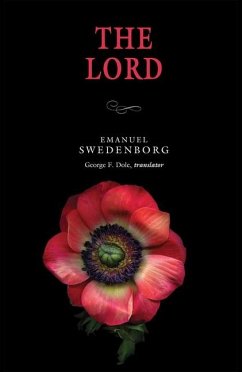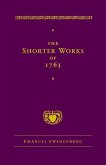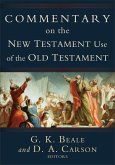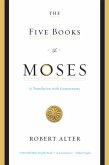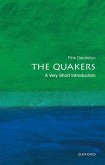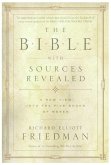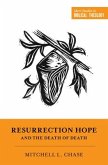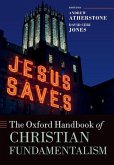Throughout his writings, the eighteenth-century scientist-turned-seer Emanuel Swedenborg uses the term "Lord" to mean Jesus Christ as the embodiment of God. In this short work, he emphasizes that the trinity of Father, Son, and Holy Spirit are not three coexisting divine Persons but are three aspects within one divine Person--Jesus in his resurrection. The Lord also touches on key themes in Swedenborg's theology--why the Lord came to earth, the meaning of his human death and resurrection, and how the Old Testament foretold his coming--with extensive biblical references to support his arguments. He concludes by describing the New Jerusalem as both the city foretold in Revelation and the new spiritual age now unfolding. This new translation of The Lord (traditionally titled The Doctrine of the Lord), as part of the New Century Edition of the Works of Emanuel Swedenborg, incorporates the latest scholarship and translation standards for a more accurate and accessible rendering of Swedenborg's work.
Bitte wählen Sie Ihr Anliegen aus.
Rechnungen
Retourenschein anfordern
Bestellstatus
Storno

